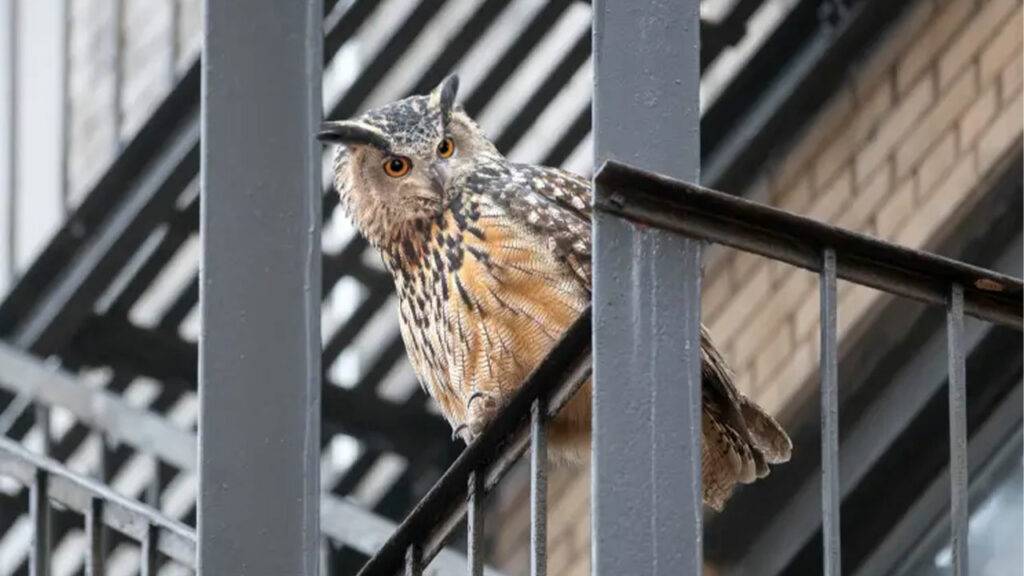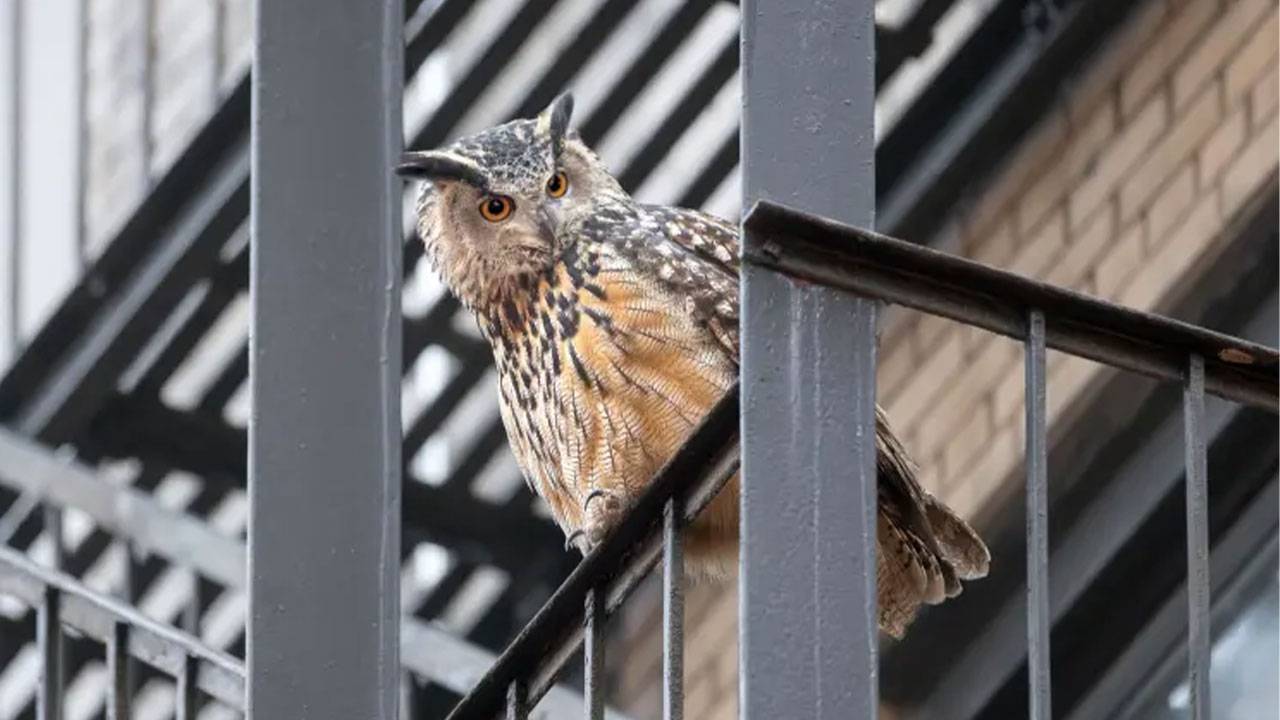In a heartbreaking turn of events, Flaco, the rare Eurasian eagle owl, has met an untimely demise after a tragic collision with a building on West 89th Street in Manhattan.
The Central Park Zoo, where Flaco resided, announced the sorrowful news in a statement on Friday, revealing that the beloved owl was found dead after escaping his exhibit over a year ago.

Flaco the Owl Died
In a heartbreaking turn of events, Flaco, the rare Eurasian eagle owl, has met a tragic end after a collision on West 89th Street in Manhattan.
The Central Park Zoo, where Flaco resided, reported the unfortunate incident, stating, “We are saddened to report that Flaco, the Eurasian eagle owl discovered missing from the Central Park Zoo after his exhibit was vandalized just over a year ago, is dead after an apparent collision with a building on West 89th Street in Manhattan”.
Flaco the Eagle Owl Dies in Tragic Collision
The Wildlife Conservation Society, the organization overseeing the Central Park Zoo, reported that Flaco was discovered on the ground after colliding with a building on the Upper West Side. Residents in the area promptly contacted the Wild Bird Fund (WBF), a rescue organization, but their efforts were in vain as Flaco was declared dead shortly after.
“The vandal who damaged Flaco’s exhibit jeopardized the safety of the bird and is ultimately responsible for his death. We are still hopeful that the NYPD, which is investigating the vandalism, will ultimately make an arrest,” the society stated, emphasizing the consequences of the initial act of vandalism.
Flaco’s Journey: From Obscurity to Fame
Flaco often referred to as “the most famous owl in the world,” unwittingly became a symbol of resilience and adaptability. His escapade began on February 2, 2023, when vandals damaged his exhibit, enabling him to roam freely through the city.
Despite a year-long pursuit, Flaco managed to evade capture, capturing the hearts of New Yorkers and developing a passionate following.
A Year in the Concrete Jungle
Flaco’s year of freedom was a testament to his ability to adapt to the urban environment. While his escape garnered attention and support, it also exposed him to various dangers. Despite the risks associated with city life, Flaco managed to navigate rooftops and water towers, avoiding vehicles and other threats.
His journey became an underdog’s story, with bird watchers and everyday New Yorkers rooting for his survival.
The Risky Life Outside Captivity
Living outside captivity posed numerous threats to Flaco, including collisions with buildings, poisoning from rodenticides, and fatal encounters with vehicles. The peril of striking a building, especially windows, proved to be a significant threat, as evidenced by the tragic end to Flaco’s life.
According to the National Audubon Society, as many as 230,000 birds in New York City succumb to window collisions each year.
Remembering Flaco
As news of Flaco’s demise spread, the city mourned the loss of a remarkable bird. David Lei, who closely followed and photographed Flaco’s journey, expressed profound sadness, saying, “We are sad beyond words but holding onto all our fond memories of him.”
Flaco’s unexpected journey touched the hearts of many, leaving an indelible mark on the city that embraced him during his year of freedom.
Conclusion
Flaco’s story, from his daring escape to his tragic end, serves as a poignant reminder of the impact of human actions on wildlife. The vandal’s act that initially set Flaco free ultimately led to his demise, emphasizing the importance of responsible behavior towards our fellow inhabitants of this planet.
As we remember Flaco, let us also reflect on the need for conservation and empathy toward the diverse species that share our urban spaces.





